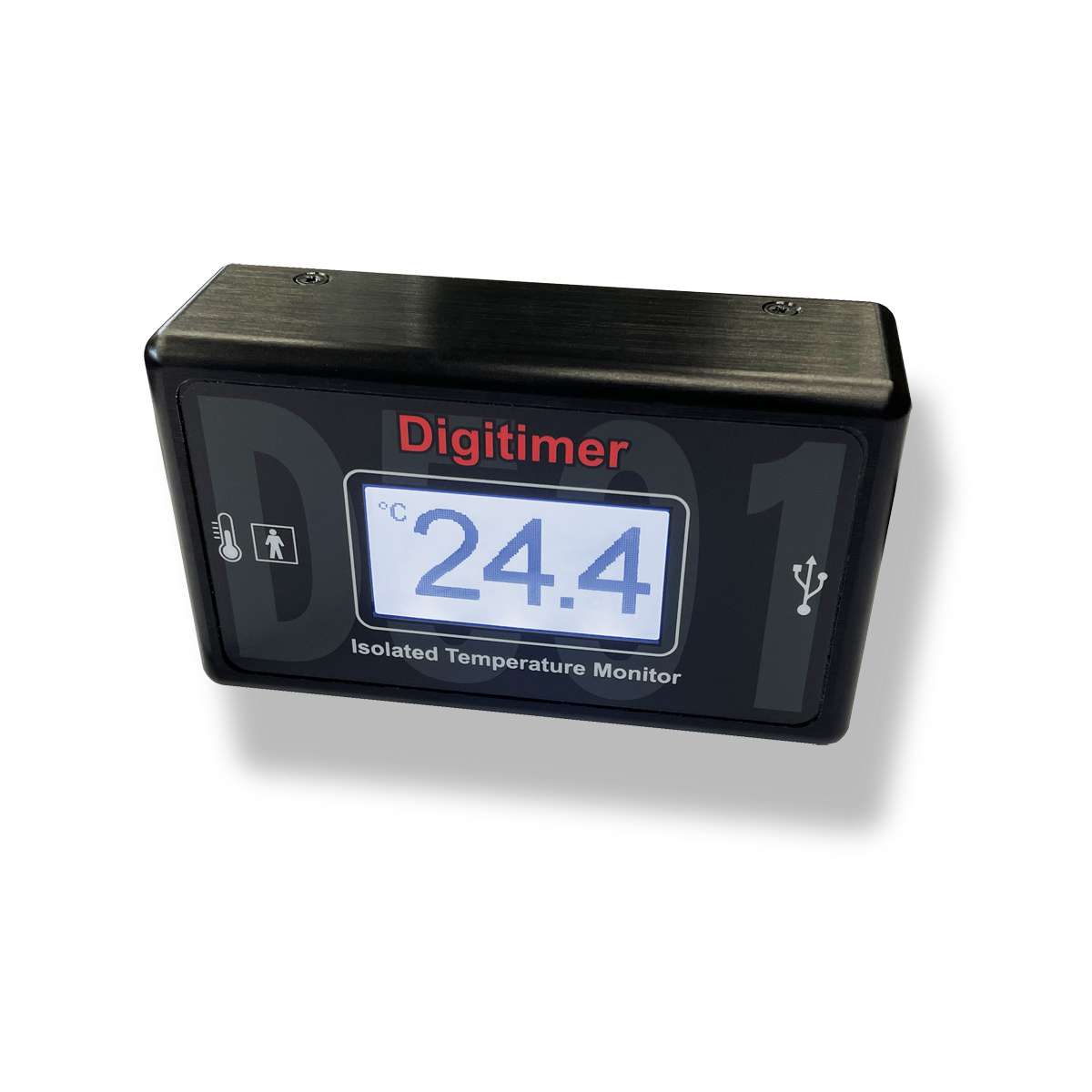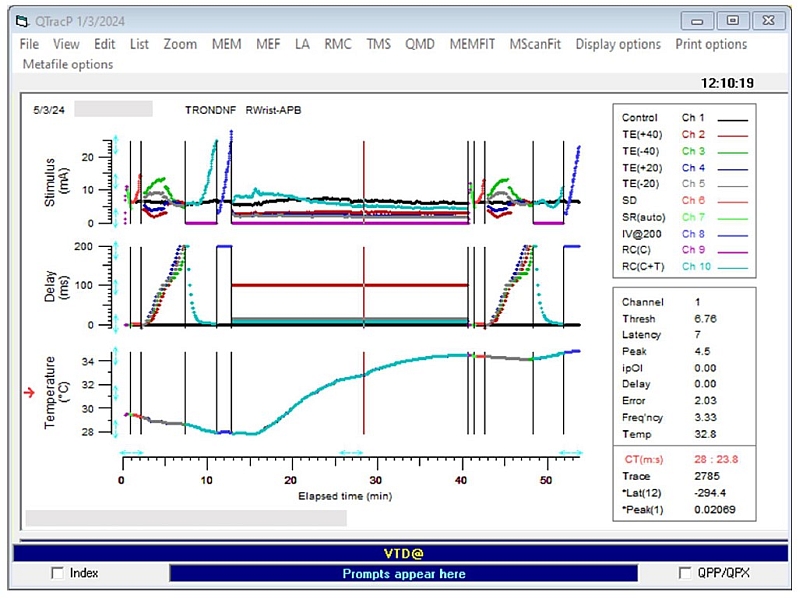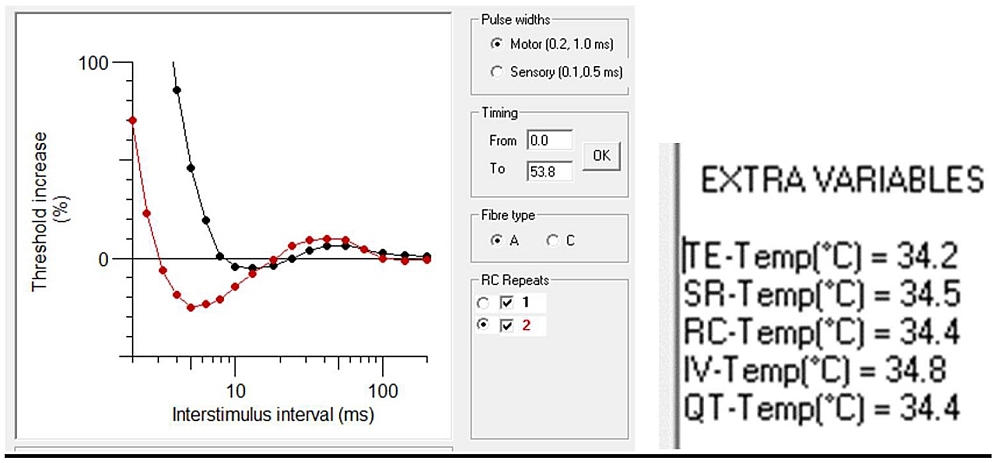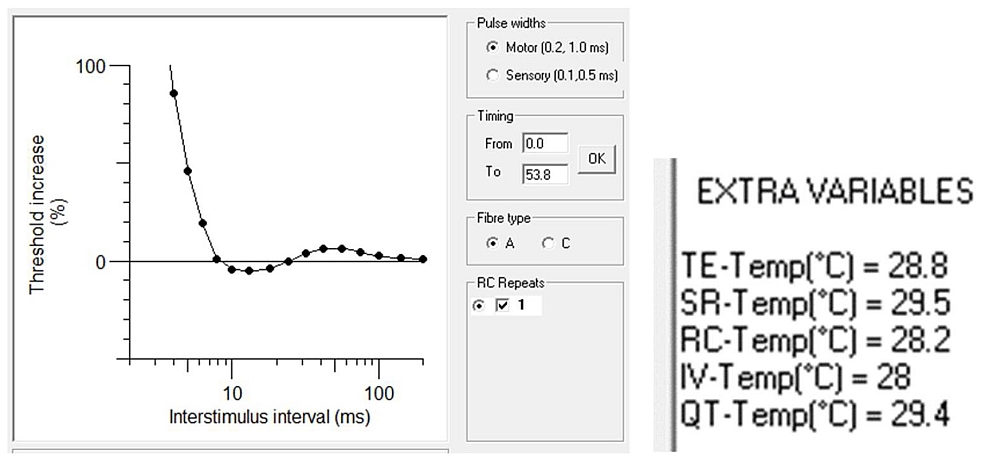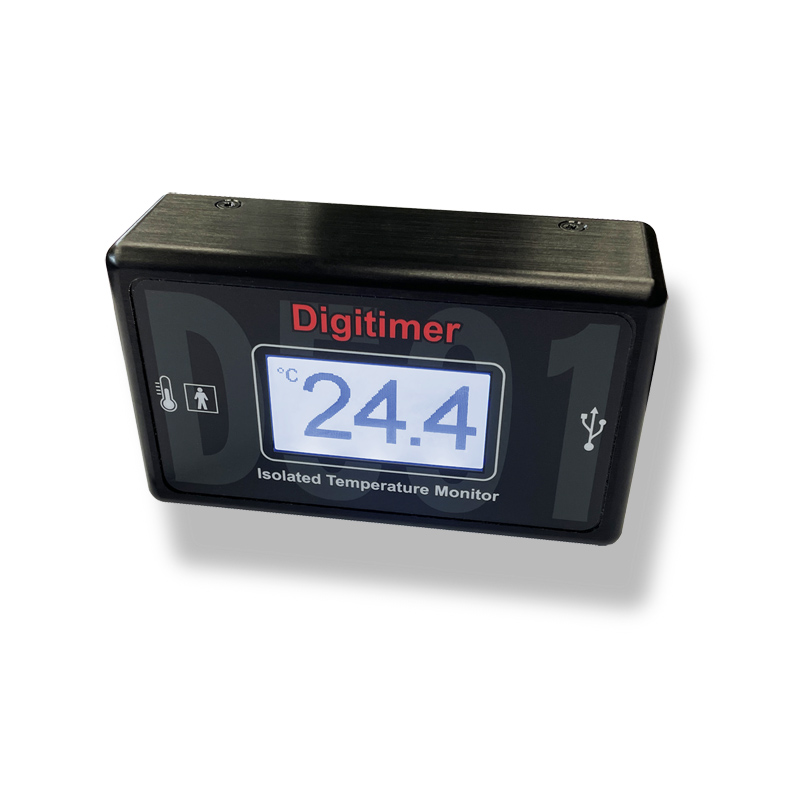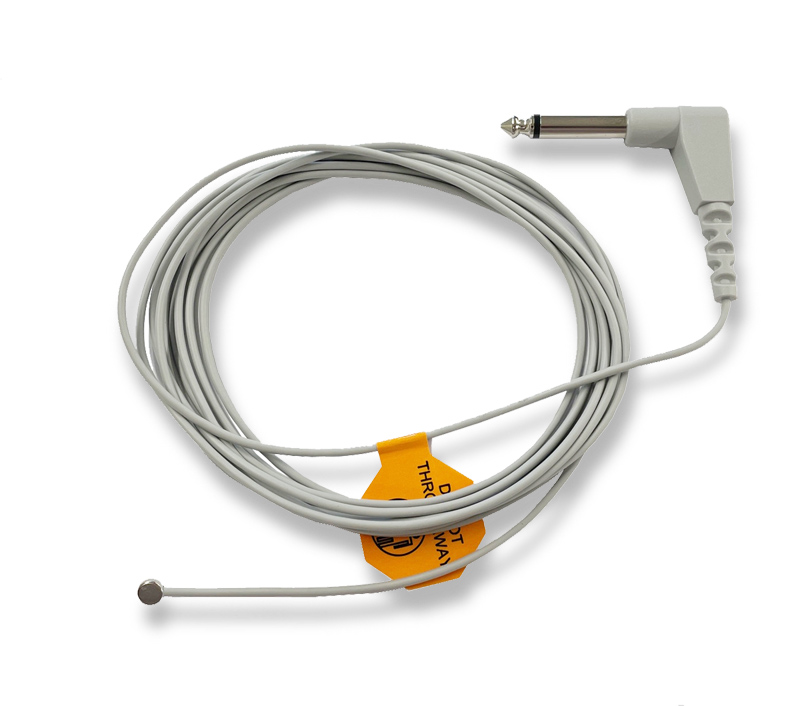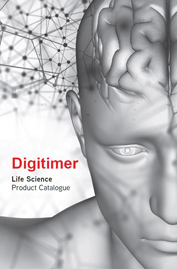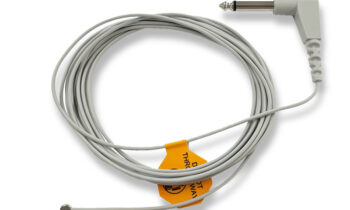Description
DESCRIPTION
The NEW Digitimer D501 Isolated Temperature Monitor is specifically intended for use with QtracW software for monitoring human body temperature during muscle and axonal excitability measurements. A USB Type B cable provides PC communication and power. The D501 has a large backlit LCD screen allowing temperature to be monitored visually while a protocol is in progress.
Data obtained from in vivo physiological studies are highly temperature dependent, and because a QtracW protocol can take 10-15 minutes to complete any changes in body temperature will be reflected in the results. By recording skin temperature alongside excitability measurements, temperature changes can be controlled for, or at least checked for significant shifts during a recording.
The ability to continuously record temperature alongside excitability data also means that research studies specifically intended to examine the effect of cooling or heating are more easily accomplished.
Designed for Safe Use in Human Research Studies
The D501 is supplied with a USB cable and a compact, 5mm diameter, cable-mounted flat thermistor (D501-PROBE), which is easily attached to the skin, either using micropore tape or by placing it under a self-adhesive stimulating electrode. Please note that while the D501 has been designed to provide medical device compliant levels of isolation, it is not a certified medical device and is marketed specifically for human research applications.
Although the D501 has been specifically developed for use with QtracW software, we expect it to have wider uses, where there is a requirement to monitor the temperature of a subject or animal in a safe, electrically isolated manner.
Pre-production prototypes of the D501 are currently being evaluated before we move towards the final production version. Please use the request a quote facility to express your interest in this new product.
D501 Compatible Temperature Monitoring Features Added to QtracW Software
Nerve excitability measurements, particularly components of the recovery cycle are highly temperature-dependent (1), and as it is not particularly easy to accurately control nerve temperature (2), a reliable method of temperature monitoring is advised. This allows users to compare recordings across experimental groups of subjects with a point of reference in respect of temperature. Temperature correction factors may also be employed to compensate for inter-operator variations (3).
In combination with our new D501 Temperature Monitor, users of the QtracS program are now able to measure and display instantaneous temperature with each stimulus and record this temperature alongside other data. QtracP has also been updated to provide automatic addition of protocol-specific temperatures as EXTRA VARIABLES for every component of a TRNDNF recording. Note that this new software requires use of the lastest versions of QtracS (2024-03-03) and QtracP (2024-03-18). These are available from the QtracW Dropbox folder.
Here is a recording made in conjunction with the D501 Temperature Monitor, kindly provided by Prof. Martin Koltzenburg (University College London), of two TRONDNF protocols, one cool, one after warming:-
The temperature is plotted against elapsed time by V..@, and the temperature at a specific time by Temp at the bottom of the second data box on the right. Clicking on ‘MEM/Create MEM file’ compares the two recordings, e.g.:-
By default, the latest of the two repeats is used for the MEM file, which has the temperatures of the different protocols added as EXTRA VARIABLES, as shown. To confine analysis to the first TROND recording, you can now simply limit the display to the first with e.g. in this case DE20, then:
N.B. The times at which the temperatures were recorded are given with the relevant waveform data, e.g. in this case: RECOVERY CYCLE DATA (7.5-11.1m)
References
1. Kiernan MC, Cikurel K, Bostock H. (2001) Effects of temperature on the excitability properties of human motor axons. Brain 124, 816-825. [link]
2. Kovalchuk MO, Franssen H, Scheijmans FEV, van Schelven LJ, van den Berg, LH, Sleutjes BTHM. (2019) Warming nerves for excitability testing. Muscle Nerve 60, 279-285. [link]
3. Tomlinson S, Burke D, Hanna M, Koltzenburg M & Bostock H. (2010). In vivo assessment of HCN channel current (I(h)) in human motor axons. Muscle Nerve 41, 247-56. [link]
